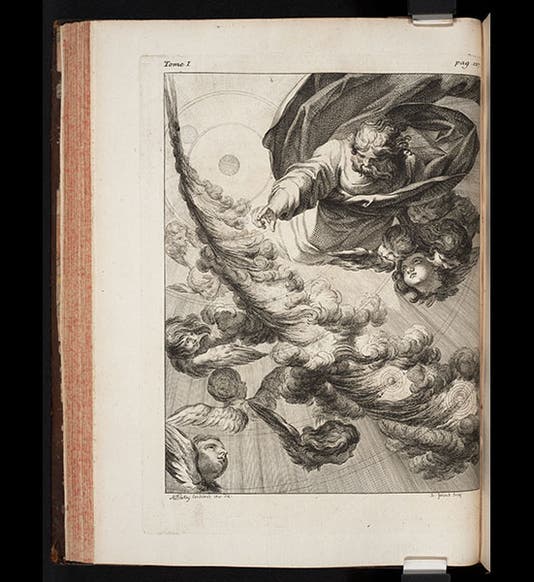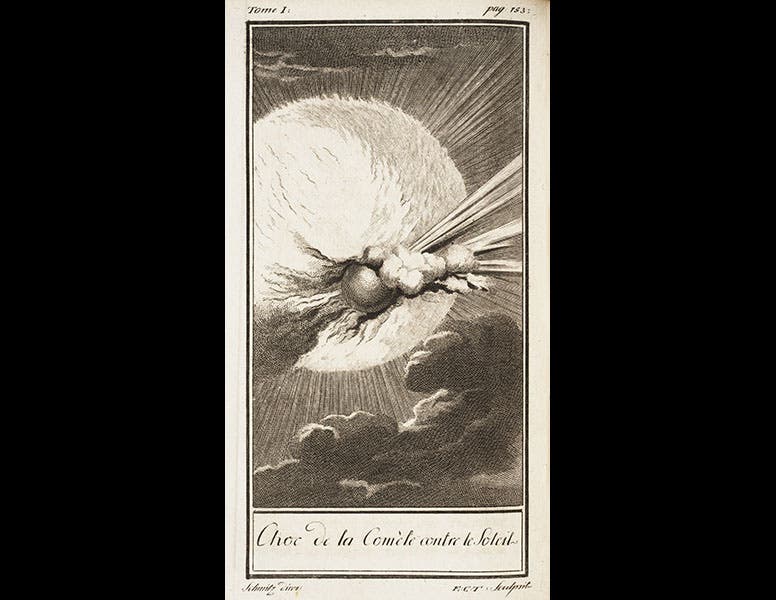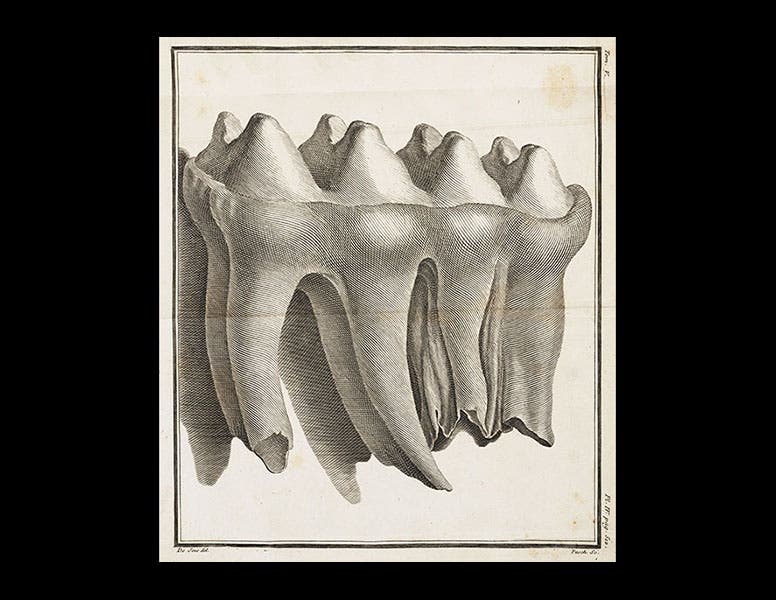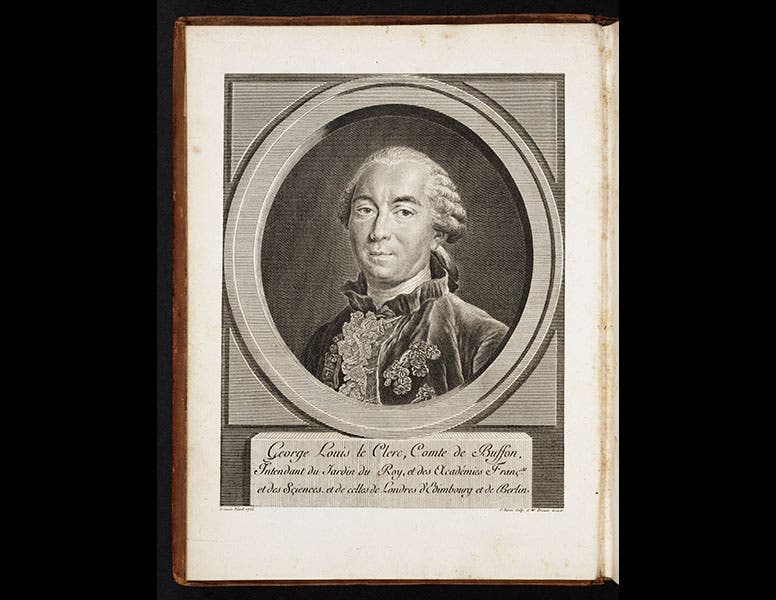Scientist of the Day - Georges-Louis Leclerc, comte de Buffon
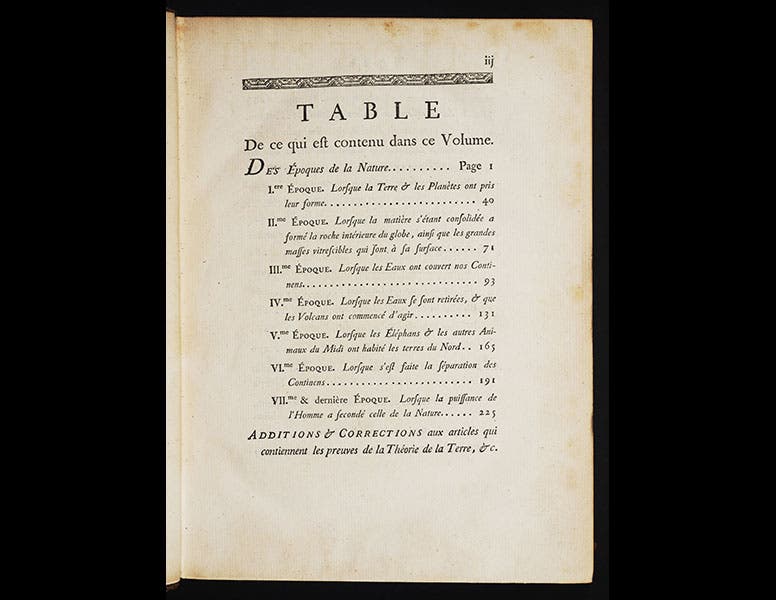
Linda Hall Library
Georges-Louis Leclerc, comte de Buffon, a French naturalist, was born Sep. 7, 1707. We celebrated his birthday three years ago, when we discussed his approach to the study of natural history, and his profound disagreement with Linnaeus' idea that the highest goal in the study of nature is classification. Today we will talk about Buffon's theory of the Earth. Theories of the Earth – that is, speculations about the Earth's origin – had begun in earnest in the 17th century, and most of these treatises were intended to reconcile scriptural accounts of the deluge with recent discoveries about fossils and rocks. Their authors were either clerics, geologists, or fossil collectors (we did an entire exhibit on this subject back in 1984, called Theories of the Earth: The History of a Genre, available only as a printed catalog. Buffon was trained as a physicist, and he brought that background to his interest in the Earth's history. It was clear to Buffon that the Earth had been hotter in the past, since it had been recently discovered that elephant-like animals had once lived in Siberia. So he proposed that the Earth, and all the planets, had originated as blobs from the sun, knocked out by the impact of a primordial comet. The Earth slowly cooled until, eventually, it could support life. How long had this cooling taken? Buffon did experiments on small iron spheres, measuring how long they took to cool, then extrapolated to a globe the size of the Earth; he concluded that the process must have taken some 75,000 years. That doesn't sound like much now, but at a time when most people thought the Earth was only 6000 years old, Buffon was being quite daring--so daring that he had to apologize (sort-of) to the theological faculty at the Sorbonne for his transgressions.
Buffon's Theory of the Earth appeared in the first volume (1749) of his 44-volume encyclopedia, Histoire naturelle (1749-1804), and he expanded his account greatly in the fifth volume of the Supplement, published in 1778, with its own title Époques de la Nature. The images above show, in order: stages in the creation of the solar system, with God looking on but not interfering, from volume 1 of the Histoire naturelle; a headpiece from the same volume, showing that physics is the key to understanding Nature; a plate from the first volume of a later octavo edition of the Histoire naturelle, usually called the Deux-Ponts edition (1785-91), showing the dramatic moment when the comet struck the sun; the table of contents of the Époques de la nature, which shows the seven stages in the origin and evolution of the Earth; a mastodon tooth from the American colonies, evidence that the Earth was warmer in the past, from the Époques; and a portrait of Buffon, from the first volume of the Supplement (1774).
Dr. William B. Ashworth, Jr., Consultant for the History of Science, Linda Hall Library and Associate Professor, Department of History, University of Missouri-Kansas City. Comments or corrections are welcome; please direct to ashworthw@umkc.edu.

